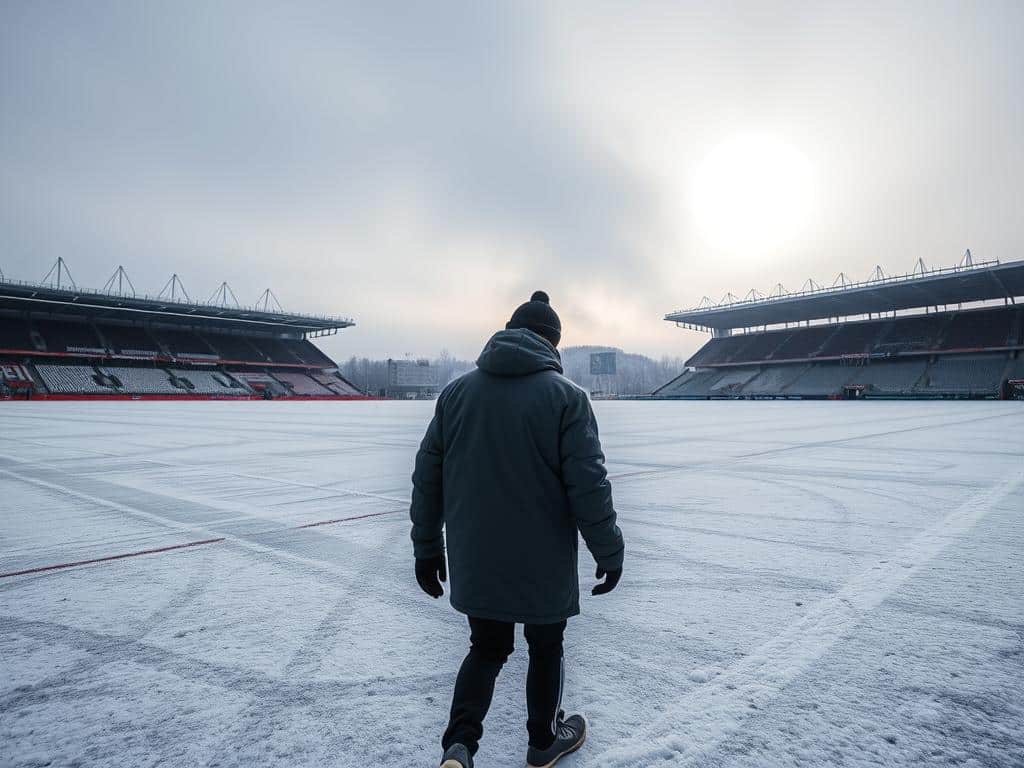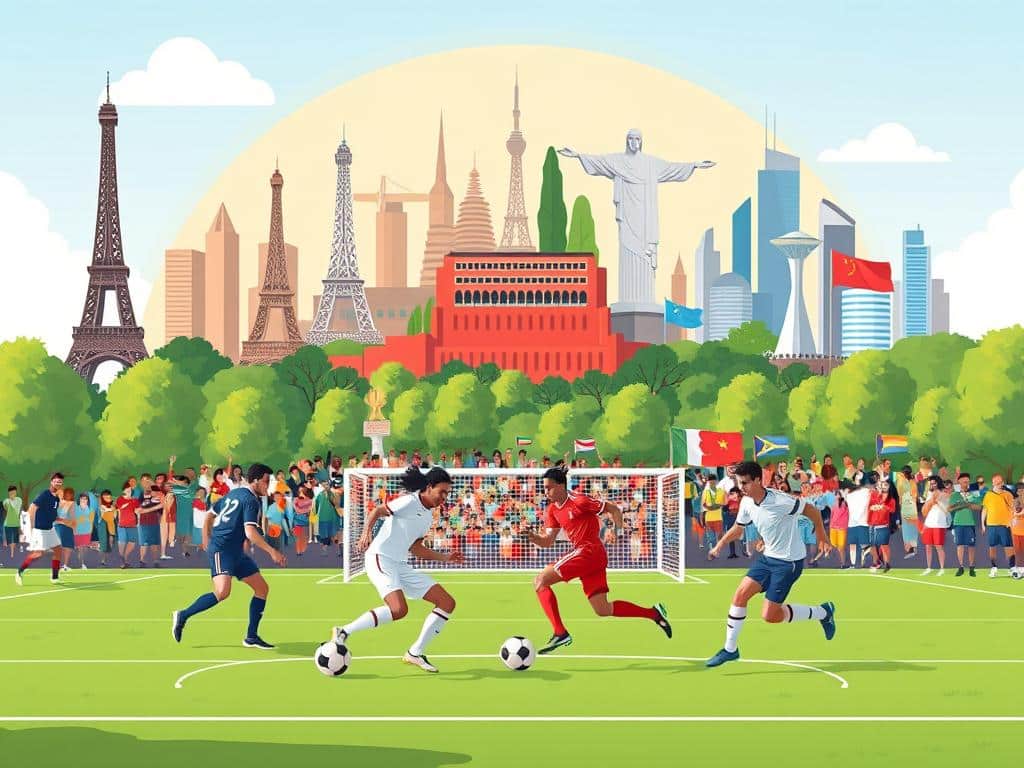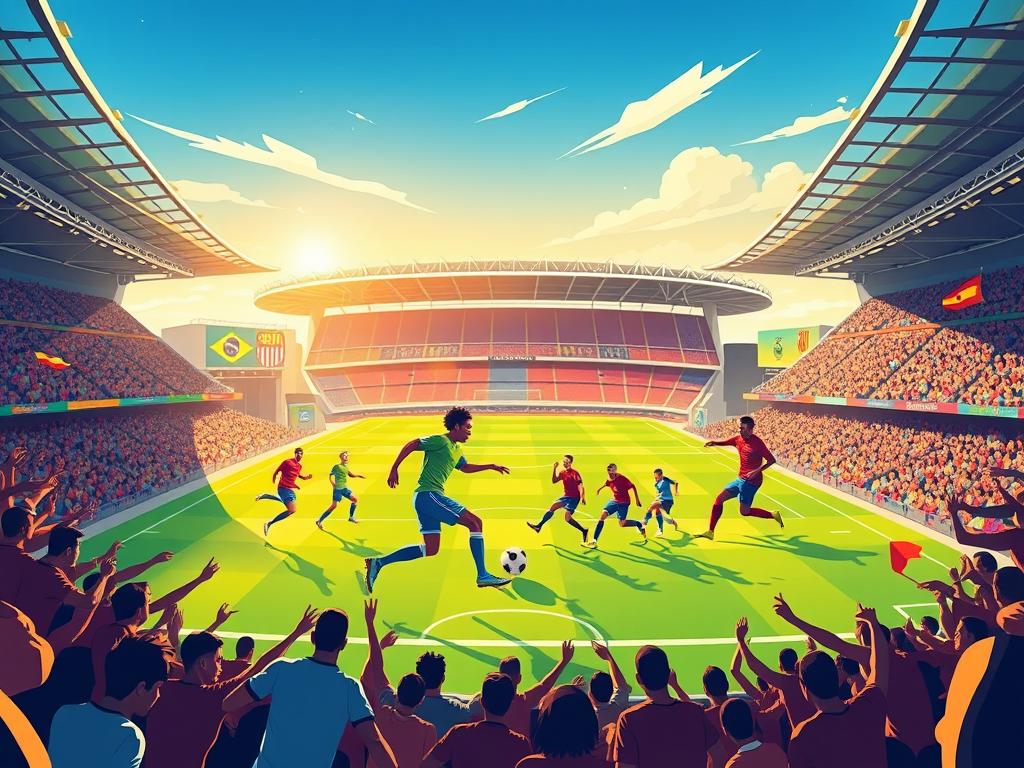Ever wonder how top soccer teams like Bayern Munich stay sharp during a packed season? The Bundesliga winter break plays a huge role. Traditionally six weeks long, it’s now just 11 days due to COVID-19 adjustments. That’s a game-changer for clubs juggling league matches and European competitions.
Bayern faced brutal scheduling in 2022/23, with the Champions League final clashing with their domestic calendar. Shortened pauses add pressure, but they also keep the action intense for fans. Whether you love player recovery or crave non-stop drama, this break shapes the entire season.
The Bundesliga Winter Break: A League Tradition with Purpose
German soccer’s winter tradition isn’t just about snow—it’s a tactical reset. For decades, the pause shielded players from frozen pitches and fatigue. Now, it’s a tightrope walk between recovery and relentless competition.
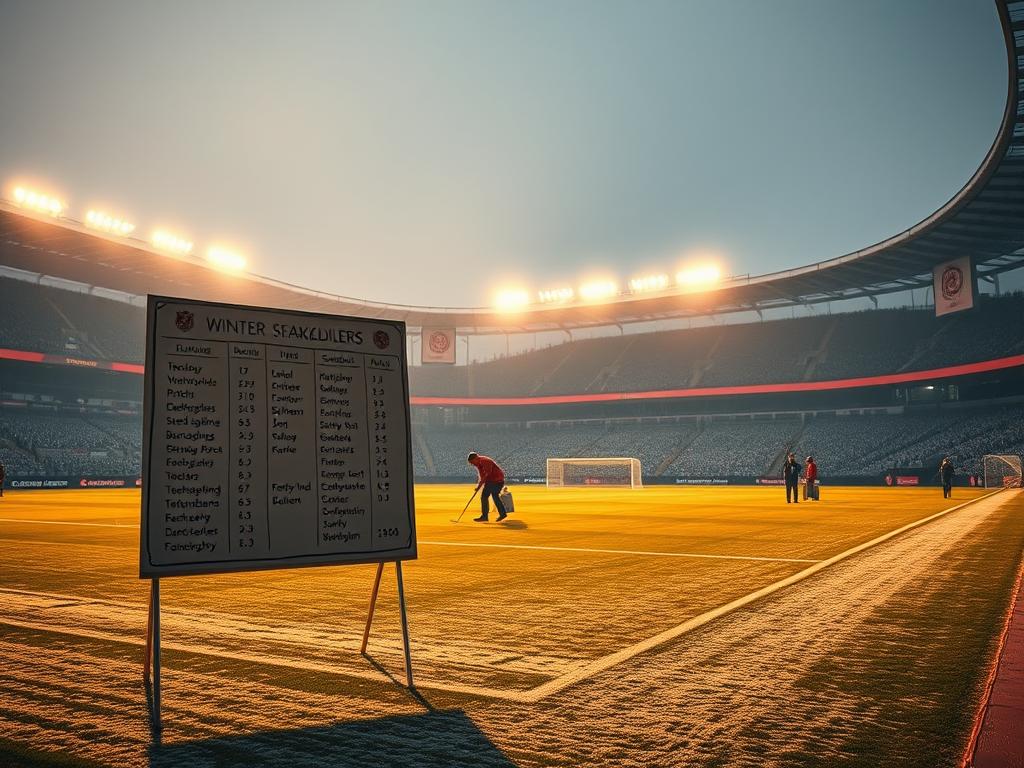
From Six Weeks to 11 Days: A Pandemic Pivot
The winter break began as a necessity. Harsh German winters made games unplayable, and player welfare took priority. Pre-2020, clubs enjoyed 40+ days off—enough for warm-weather training camps.
COVID-19 changed everything. The 2023/24 season squeezed the pause to 11 days, resuming January 2. Fans traded extended rest for non-stop action, but players faced a grueling schedule.
UEFA vs. Domestic Drama: The Calendar Crunch
Post-break games often deliver fireworks. Take Dortmund vs. Gladbach—a rivalry reborn each January. But now, Bundesliga matches collide with Champions League knockouts. Clubs must choose: push for European glory or secure league points?
- Tradition: 6-week pauses for recovery and training.
- Modern reality: 11-day gaps before UEFA fixtures.
- Fan impact: More games, but higher injury risks.
Player Fatigue and Recovery: The Human Side of the Break
Soccer isn’t just about skill—it’s about stamina, and the toll on players is real. Even elite athletes need downtime to avoid injuries and burnout. The winter pause, though shorter now, remains a lifeline.
Physical Benefits: Reducing Injury Risks and Burnout
Shortened breaks mean higher stakes. Muscle injuries spike when players lack recovery time. Bundesliga data shows a 22% rise in ACL tears during compressed schedules.
Take Joshua Kimmich. His 2022 extended break let him rehab fully, returning stronger. Compare that to Harry Kane’s Premier League fatigue warnings—proof rest isn’t optional.
Case Study: Bayern Munich’s Post-Break Struggles
Bayern Munich’s 2023 restart was rocky. After an 11-day pause, they went winless in three games. Coach Nagelsmann blamed rushed preparations.
Their 2024 plan? Smarter pacing:
- Salzburg friendly to rebuild rhythm
- Fan training sessions to ease pressure
- Staggered returns for key stars
Even giants like Bayern Munich can’t ignore science. Recovery isn’t a luxury—it’s the game within the game.
Team Momentum and Tactical Resets
Smart clubs turn breaks into comebacks—here’s how. While fans relax, coaches like Edin Terzić at Dortmund seize the pause to overhaul strategies. Their 2023 mini-preseason focused on defensive drills, turning a shaky backline into a fortress.
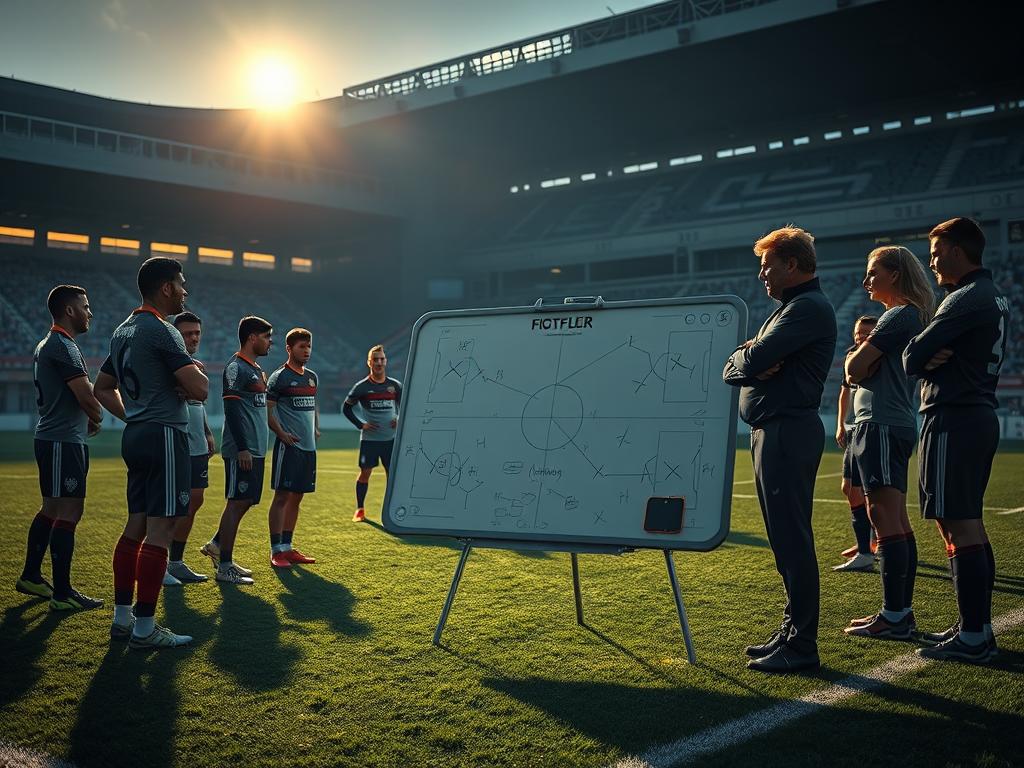
Strategic Pivots: Dortmund and Gladbach’s Playbook
Dortmund’s team didn’t just rest—they rewired. Terzić used the break for double training sessions, fixing leaks that cost them early wins. Meanwhile, Gladbach escaped to Austrian altitudes, boosting stamina for their pressing style.
Key tactics from top clubs:
- Dortmund: 3-a-day drills to cement new defensive shapes.
- Gladbach: 72-hour recovery cycles for returning stars.
- Leverkusen: Scored 10 goals in 4 games post-pause—proof of smart prep.
When Breaks Backfire: Rhythm Wreckers
Not all teams benefit. Bayern Munich’s 2023 restart saw three winless games—blamed on rushed training. Contrast that with Stuttgart, who lost their mojo entirely after the pause, sinking from mid-table to relegation fears.
Winter signings add another layer. RB Leipzig’s Xavi Simons arrived mid-pause, needing extra time to gel. For some, the schedule squeeze means triage: prioritize league survival or chase European glory?
Why Fans and the League Benefit from the Pause
The pause isn’t just for players—it’s a win for fans too. Take Gladbach’s open training sessions, where supporters meet stars mid-pause. These traditions turn the short winter reset into a shared story.
Post-break clashes like Der Klassiker draw global crowds. Bundesliga’s 2023 restart saw TV ratings spike 30%—proof that anticipation fuels the game. For fans, the pause sparks excitement, transfer rumors, and fresh rivalries.
It’s also a strategic play. The league leverages this story for growth, blending tradition with modern drama. As soccer’s calendar evolves, these pauses remain a heartbeat moment—for clubs and fans alike.

